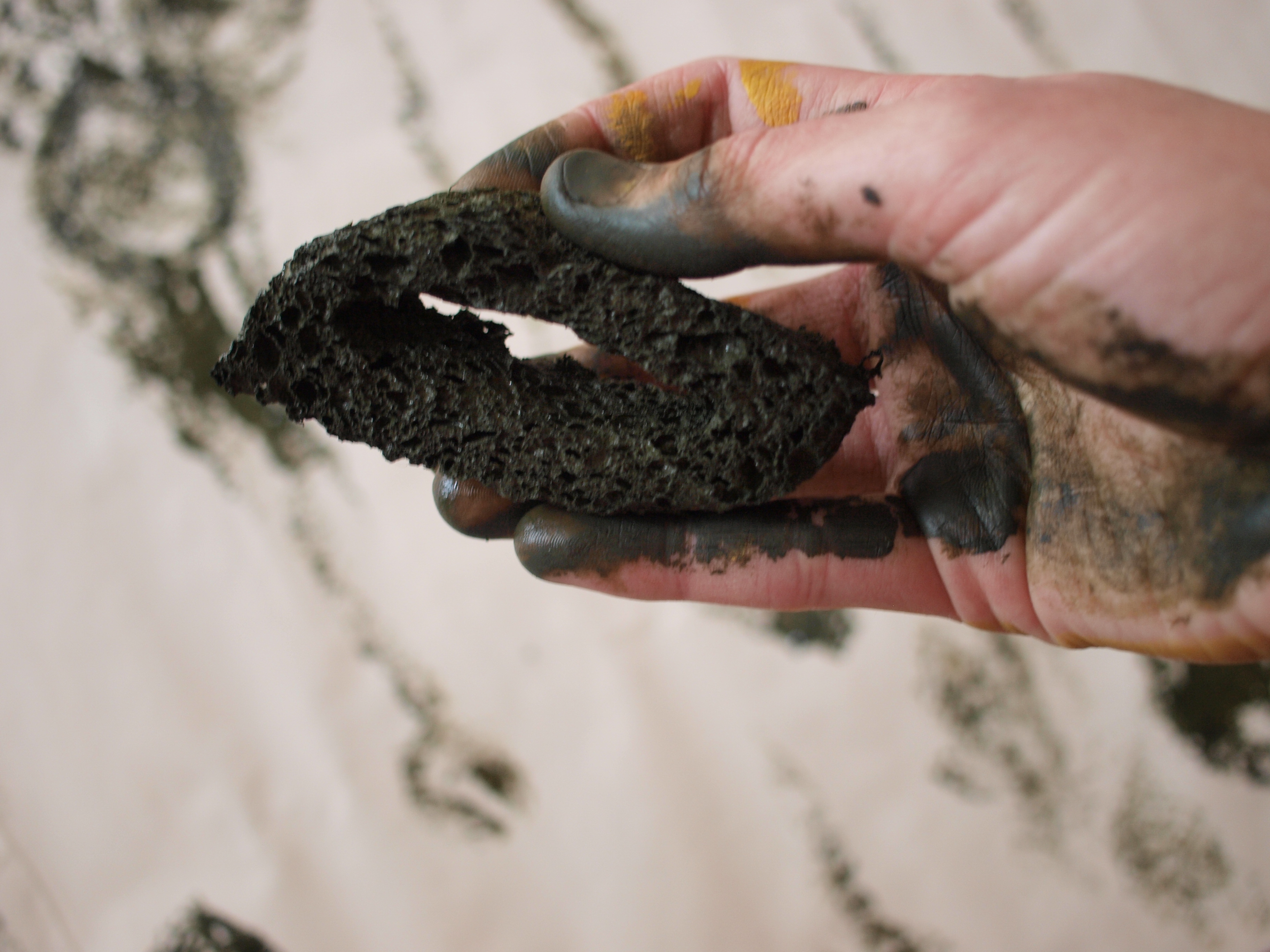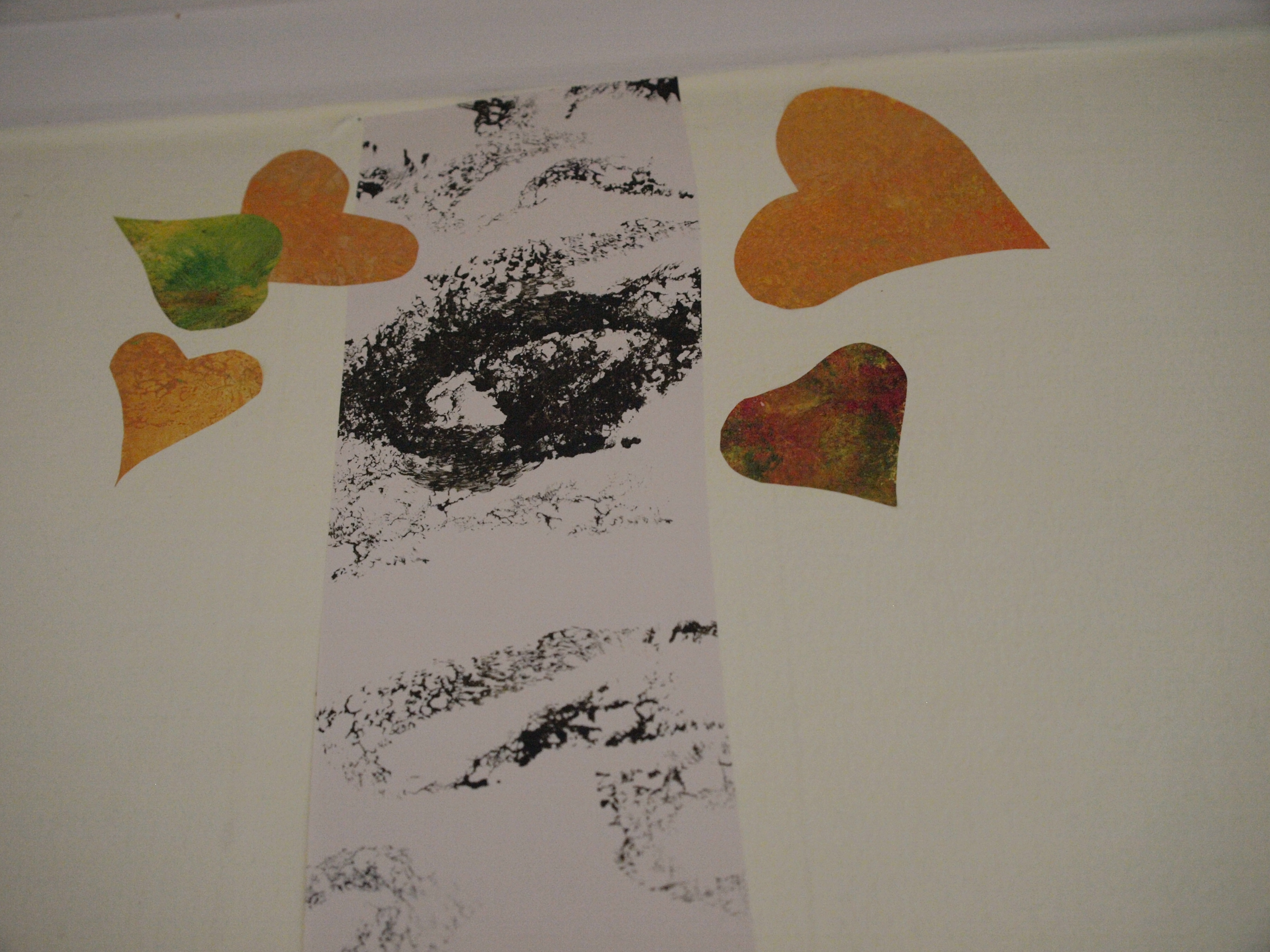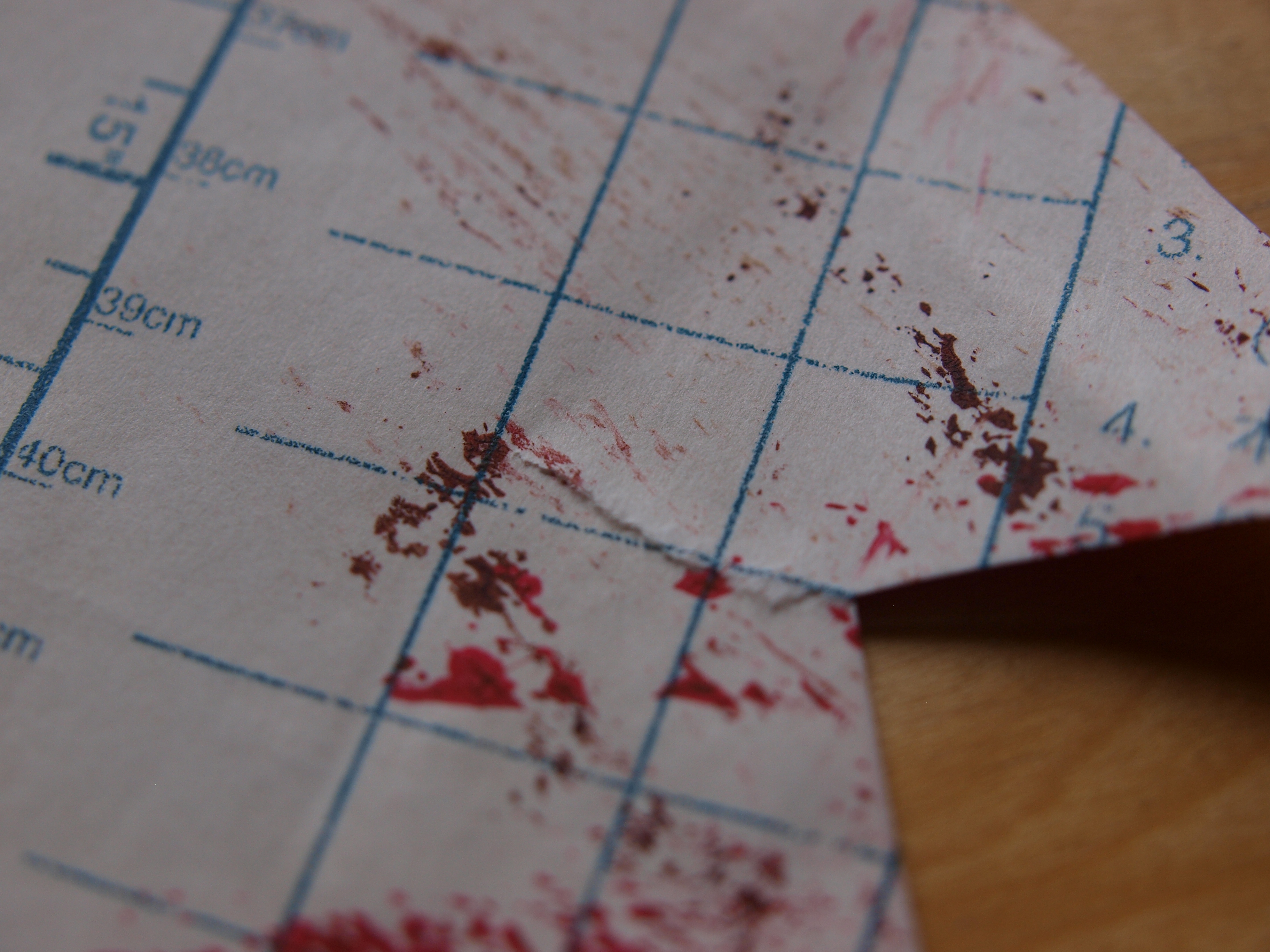We started renting our house a couple of months before our son was born. My friend Humberto had painted a beautiful Sendak-esque tree on the walls of his son Horatio’s room. I wanted to have something similar but didn’t want to repaint when the landlady retires and comes back to California and we have to move out. So I looked for wall murals, and in the end decided to make my own.
Projects from Make: Magazine
Birch/Aspen Forest Wall Mural for Kids Room
Create a stand of aspen or birch trees on the walls of your room or your kids' nursery using contact paper and acrylic paint. In theory, it's removable!

















